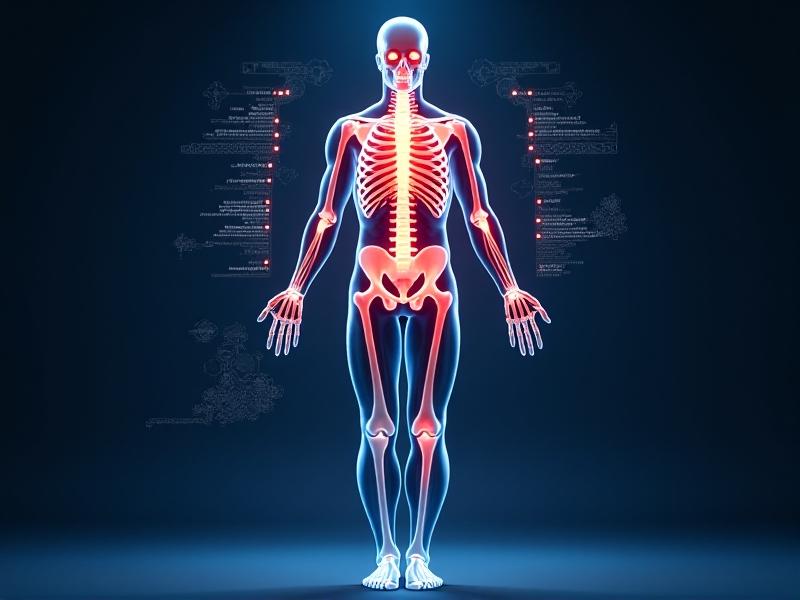Desk-Friendly Isometric Exercise Sequences
Introduction to Desk-Friendly Isometric Exercises
Modern work environments often chain us to desks for hours, leading to stiffness, fatigue, and long-term health risks. Isometric exercises—strength-building movements that involve static muscle engagement without joint motion—offer a practical solution. These exercises require minimal space, no equipment, and can be seamlessly integrated into your workday. This guide explores sequences designed to combat sedentary strain while boosting energy and focus.

The Science Behind Isometric Exercise and Sedentary Work
Isometric exercises stabilize muscles by generating tension against resistance—like pressing your palms together or gripping your knees. Studies show they improve joint stability, reduce lower back pain, and enhance posture. For desk workers, this translates to counteracting the hunched shoulders and weak core muscles caused by prolonged sitting. Unlike dynamic exercises, isometrics minimize sweat and disruption, making them ideal for office settings.

Top 5 Isometric Movements for Office Workers
1. Seated Chair Hold : Lift yourself slightly off your chair, engaging glutes and core. 2. Desk Plank : Place forearms on the desk, step back into an inclined plank. 3. Knee Press : Press palms against knees while resisting with leg muscles. 4. Neck Retraction : Gently push your head backward into your hands. 5. Wrist Gripper : Squeeze a stress ball or clasp hands and pull apart. Each exercise can be held for 10-30 seconds.

Quick 10-Minute Isometric Sequence for Midday Energy
Pair breathing techniques with these holds: Start with a 1-minute seated chair hold. Transition into desk planks (30 seconds), followed by alternating knee presses (20 seconds each side). Perform neck retractions for 10 seconds, then wrist grips for 15 seconds. Repeat twice. This sequence combats afternoon slumps by increasing blood flow without raising heart rate excessively.

Maintaining Proper Form: Avoiding Common Mistakes
Poor alignment negates benefits. During desk planks, keep hips low and shoulders above elbows. For seated holds, avoid arching the lower back. Breathe steadily—many unconsciously hold their breath during isometric efforts. Use a timer app to track holds and prevent overexertion. If an exercise causes pain (not mild tension), adjust your posture or skip it.
How to Integrate Isometrics into Your Workflow
Anchor exercises to routine tasks: Perform wrist grips during video buffering, desk planks before replying to emails, or neck retractions after sending a message. Set hourly reminders using productivity tools like Pomodoro timers. For open offices, discreet options like abdominal bracing (tightening core muscles while seated) ensure privacy.
Tools and Props to Enhance Desk Exercises
While not essential, tools add variety. Resistance bands looped around chair legs can deepen leg presses. A stress ball improves grip strength. Adjustable desks enable standing isometrics like calf raises. Even household items—a thick book for overhead presses or a wall for inclined push holds—can amplify intensity.
Real-Life Success Stories: From Fatigue to Focus
Sarah, a data analyst, reduced chronic neck pain by adding 5-minute isometric breaks hourly. Mark, a programmer, credits wrist grips and desk planks for eliminating carpal tunnel symptoms. A survey of remote workers showed 68% reported improved concentration after adopting desk isometrics. These stories highlight adaptability—wellness doesn’t require gym memberships.
Final Thoughts: Building a Sustainable Routine
Consistency trumps intensity. Start with two daily 5-minute sessions, gradually increasing duration or resistance. Track progress through reduced stiffness or increased hold times. Pair isometrics with walking meetings or stretching for holistic health. Remember: small, frequent efforts yield lasting results in both physical well-being and work performance.








